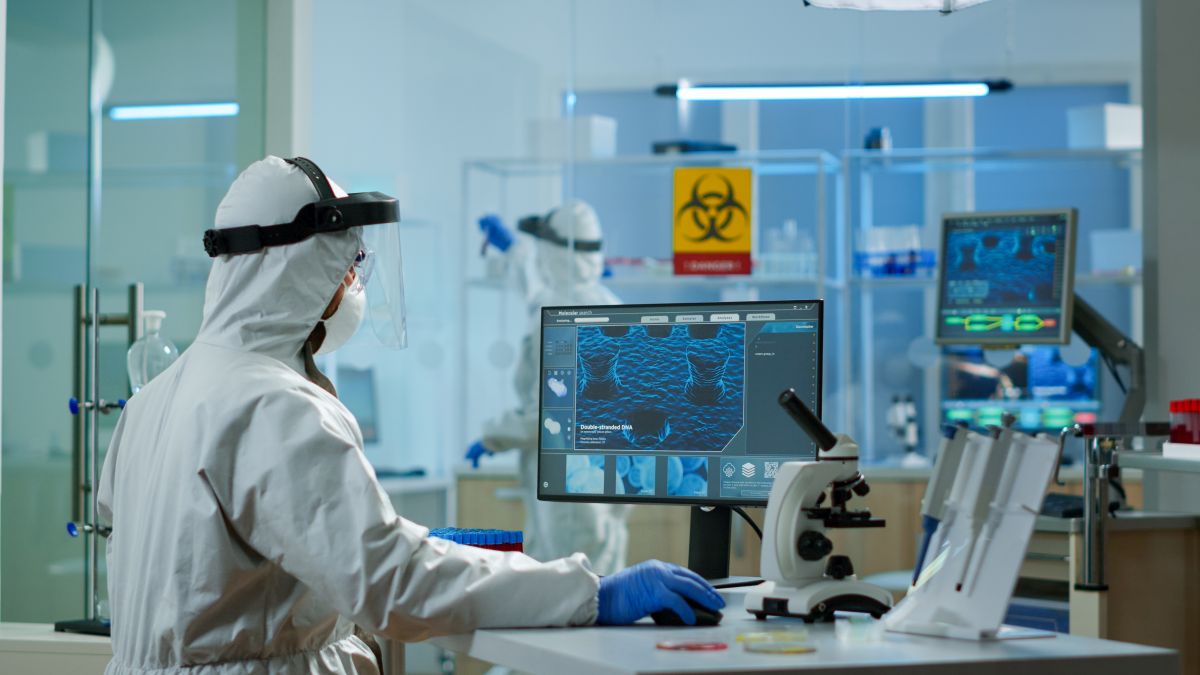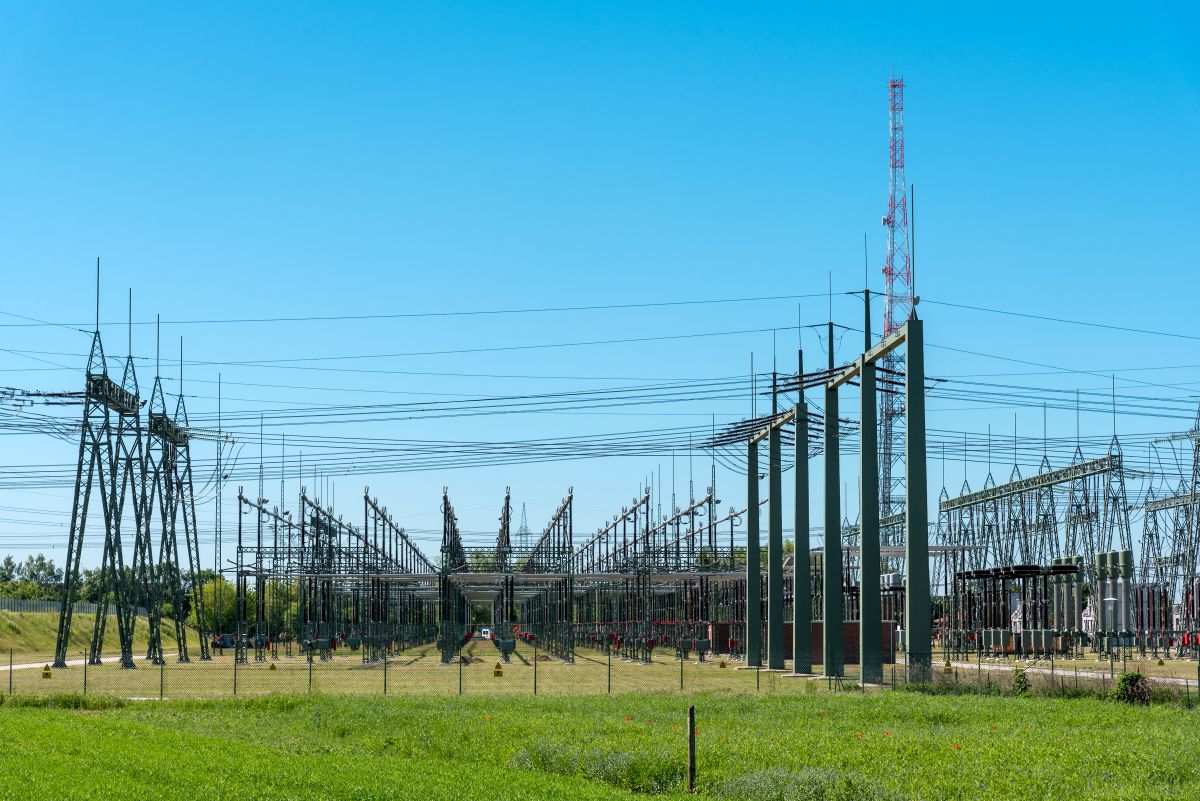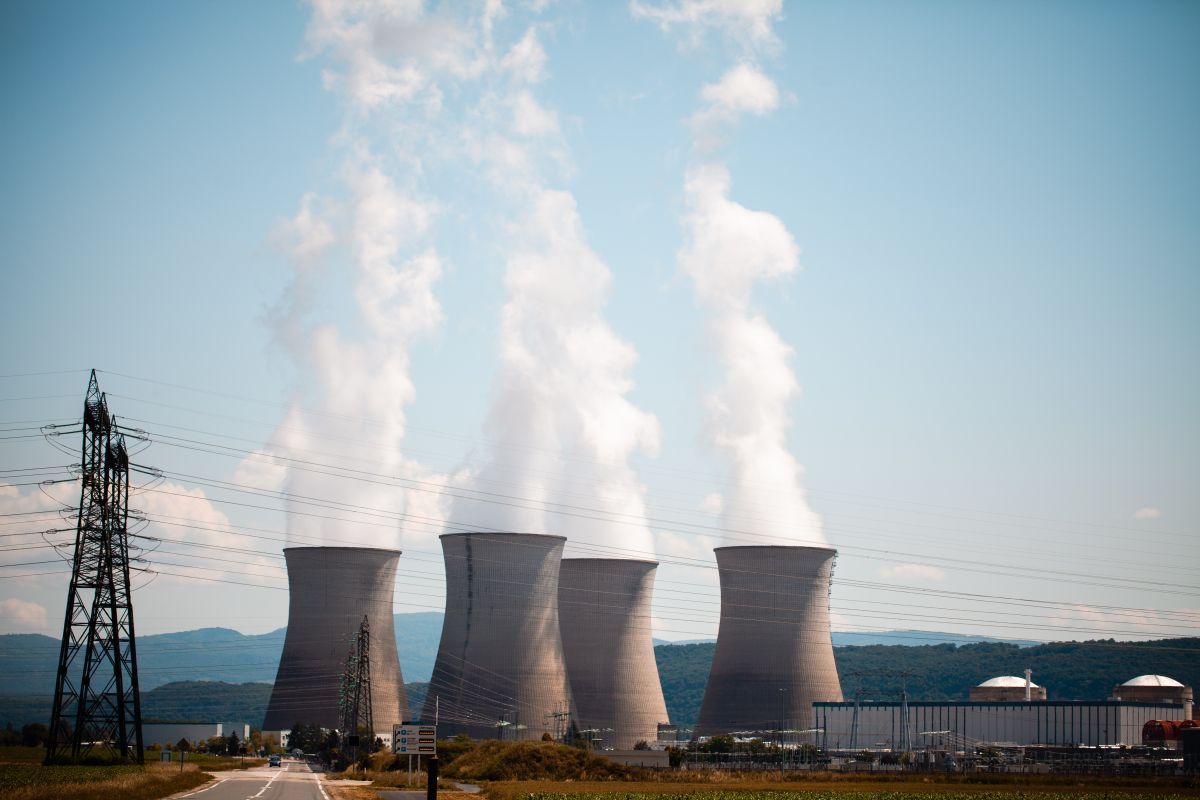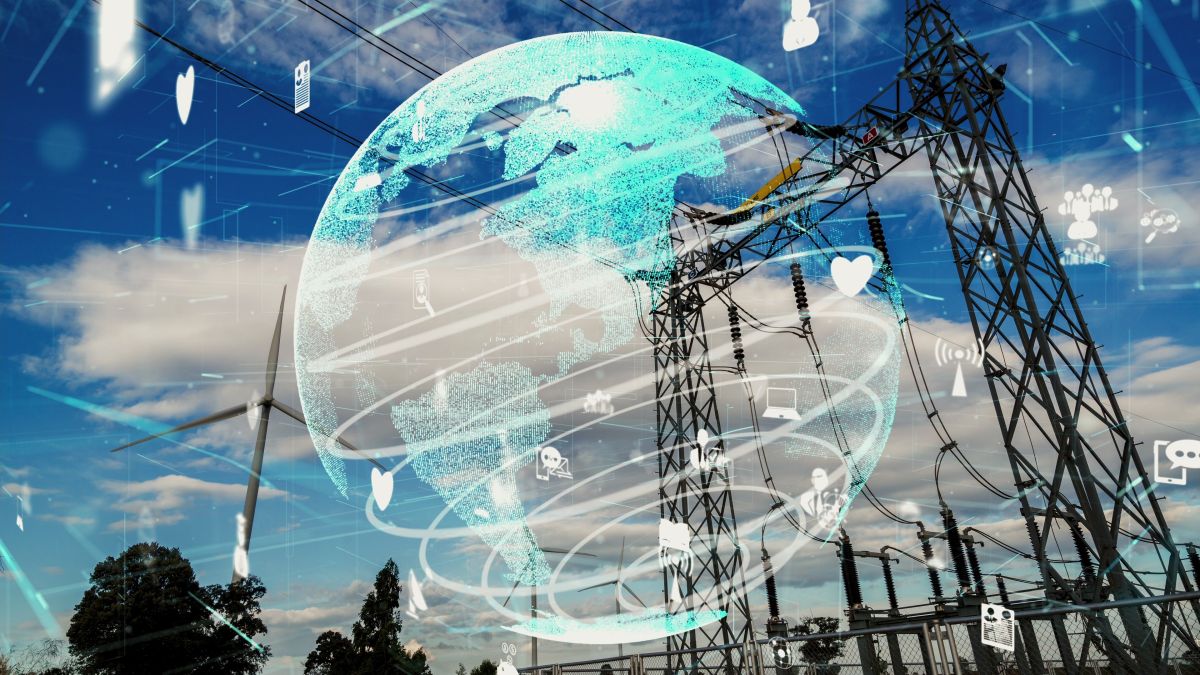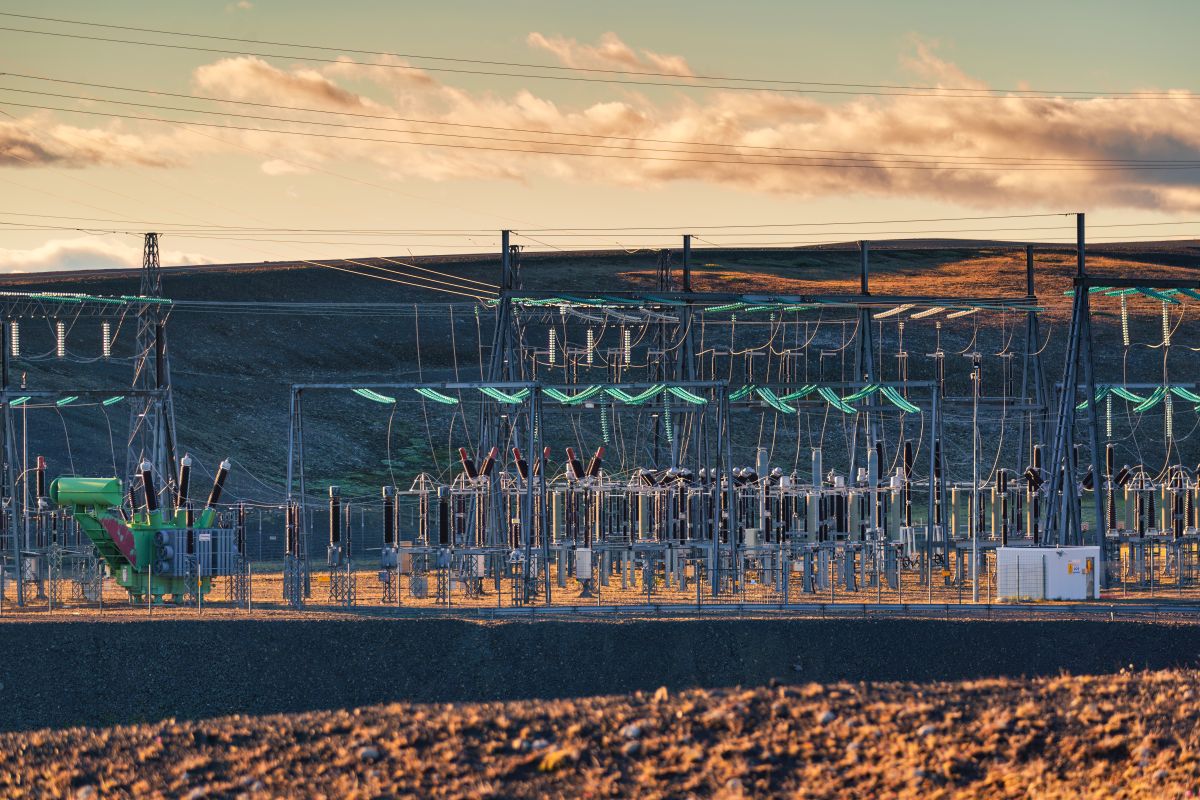The world’s demand for energy continues to grow as the global population rises and industries expand. With the ongoing concerns about climate change and the need for sustainable energy sources, nuclear power has reemerged as a critical part of the solution. However, traditional large-scale nuclear reactors have their challenges, including safety concerns, high upfront costs, and long construction timelines. Enter microreactors, which are smaller, more agile, and potentially game-changing nuclear energy solutions. As the energy sector faces increasing pressure to transition to clean and reliable power, microreactors hold the potential to shape the future of nuclear energy.
Understanding Microreactors as the Next Step in Nuclear Power
As the name suggests, microreactors are small-scale nuclear reactors designed to generate electricity and heat for localized applications. Typically, they produce less than 50 megawatts of electricity, a fraction of the power output of traditional reactors. While this may seem modest compared to large reactors, their size offers several advantages, making them versatile for various uses. Unlike their larger counterparts, which can take up to a decade to construct, microreactors can be manufactured in factories and transported to their destination, significantly reducing construction time and cost.
Microreactors are also highly flexible in terms of application. In addition to producing electricity, they can provide heat for industrial processes, desalination, and district heating, making them valuable for industries looking to decarbonize. Their ability to operate independently of large power grids ensures energy security, which is essential in a world facing increasing cyber threats and grid vulnerabilities. With these benefits, microreactors could play a crucial role in diversifying the energy landscape and providing a reliable power source in the face of modern challenges.
Enhancing Safety and Security in Microreactor Design
One of the biggest hurdles for nuclear energy adoption has always been safety. High-profile incidents like Chornobyl and Fukushima have left a lasting impact on public perception, raising concerns about the inherent risks of nuclear power. However, microreactors are designed with safety as a top priority, incorporating advanced passive safety features that reduce the likelihood of catastrophic failures.
Microreactors normally use a passive cooling system that operate without human intervention or external power, eliminating some of the risks associated with overheating and core meltdowns. Additionally, these reactors often operate on different fuel cycles than traditional reactors, such as using high-assay low-enriched uranium (HALEU), which offers enhanced safety benefits. The reduced size of the reactor core also minimizes the potential damage in the event of an accident, further enhancing its safety profile.
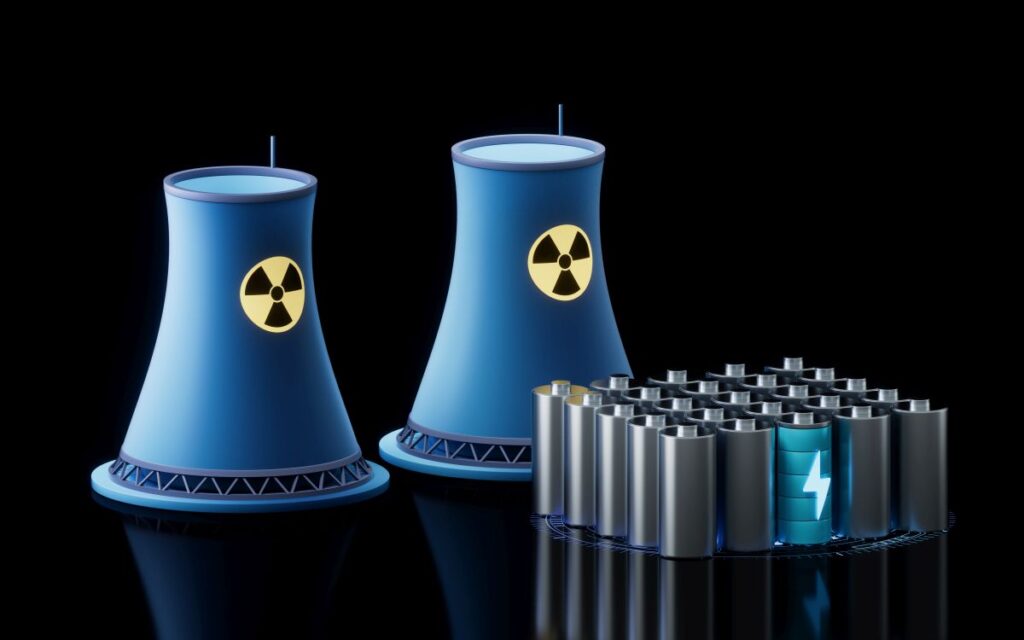
Economic and Environmental Impacts of Microreactor Deployment
The economic viability of any new energy technology is a key consideration, and microreactors offer some promising advantages in this area. Traditional nuclear power plants are notorious for their high upfront costs and long construction timelines, which can deter investment. In contrast, microreactors are designed to be mass-produced, lowering production costs and reducing construction timelines to just a few years or even months in some cases. This modular approach allows for scalability, meaning microreactors can be deployed incrementally as energy demand grows rather than requiring massive upfront capital investment.
On the environmental front, microreactors align well with the global push for decarbonization. Nuclear energy is already one of the lowest-carbon power sources, emitting virtually no greenhouse gases during operation. Microreactors, with their ability to provide consistent and reliable power, offer a carbon-free alternative to fossil fuels, particularly in areas where renewable energy sources like wind and solar may not be feasible due to geographic or climatic constraints.
While microreactors’ economic and environmental benefits are clear, their widespread adoption will depend on overcoming regulatory challenges and gaining public acceptance. Governments and regulatory bodies must develop new frameworks to accommodate their unique characteristics, ensuring that safety and security standards are maintained while fostering innovation and deployment.
Conclusion
As the world grapples with the twin challenges of climate change and growing energy demand, microreactors offer a promising solution. Their small size, flexibility, and advanced safety features make them well-suited to meet the energy needs of a rapidly changing world. Whether providing power to remote communities, supporting industrial decarbonization, or complementing renewable energy sources, microreactors could play a pivotal role in the future of energy. However, realizing their full potential will require overcoming regulatory hurdles, building public trust, and ensuring they are deployed to maximize their environmental and economic benefits. If these challenges can be addressed, microreactors could power the future in once unimaginable ways.
Disclaimer: Any opinions expressed in this blog do not necessarily reflect the opinions of Certrec. This content is meant for informational purposes only.



